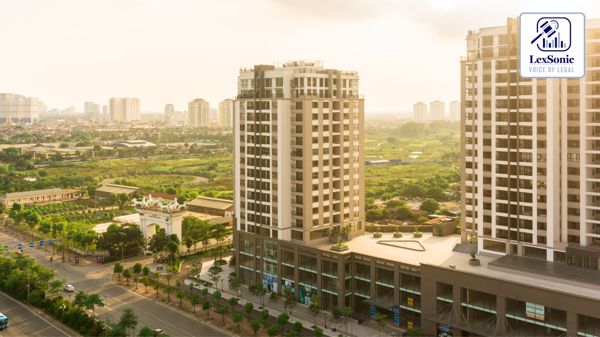Court Decision on Illegal Construction Challenge.
14 August 2024
Property/Real Estate Law >> Property & Real Estate
In a recent ruling in John Pascoal Dias, Through its Power of Attorney Holder, Janice Maria Perpetua Dias, Goa v/s The Chief Secretary, Government of Goa & Others, the court addressed the legality of certain constructions carried out by a petitioner, focusing on whether the structures in question could be regularized or were required to be demolished. The case centered around a dispute involving illegal extensions made to a residential property, used for both residential and commercial purposes.
Case Background:
The petitioner, the owner of a flat and an adjoining garage in Panaji, Goa, challenged an order issued by the Secretary of Urban Development, Appellate Authority, Government of Goa. The contested order upheld a demolition directive issued by the Commissioner of the Corporation of the City of Panaji (CCP), dated May 26, 2020. This directive came in response to a complaint filed by respondent No. 3, alleging illegal construction activities carried out by the petitioner.

Allegations and Findings:
Respondent No. 3 reported that the petitioner had constructed four unauthorized structures around his property. The CCP's inspection report identified these structures as:
- A shed made of laterite bricks at the rear of the building.
- A shed covered with AC sheets/galvanized sheets, also at the rear.
- A vegetable stall at the front.
- A square parapet retaining wall around a tree at the front.
The CCP issued a show cause notice, followed by a final notice for demolition after the petitioner failed to provide adequate documentation or permissions for these structures. The petitioner’s attempts to regularize the constructions were unsuccessful, leading to the demolition order.
Legal Arguments and Court Observations:
The petitioner argued that the deviations were minor and that some structures, like a vegetable stall, had already been removed. The petitioner claimed that these constructions were for protection and not for commercial gain, and that their removal would cause undue hardship. They also cited a precedent from the Supreme Court case Syed Muzaffar Ali v. Municipal Corporation of Delhi (1995) which suggested that minor deviations could be compounded rather than demolished. However, the court found that the petitioner’s structures were indeed unauthorized. The court emphasized that the extensions were used for commercial purposes, which was inconsistent with the residential nature of the property. The court ruled that the legality of structures, not just their size, was crucial. The petitioner’s failure to obtain proper permissions and the rejection of their regularization applications underscored the necessity of compliance with legal requirements.
Conclusion:
The court ultimately dismissed the petition, upholding the demolition order issued by the Secretary of Urban Development. The ruling underscored that illegal structures, regardless of their size, must be removed if they contravene regulations, emphasizing the importance of adhering to legal procedures for construction. The decision reinforces the principle that unauthorized constructions cannot be justified or allowed to persist, even if they are used for seemingly benign purposes. The ruling serves as a significant reminder of the need for compliance with urban development regulations and the consequences of failing to do so.
